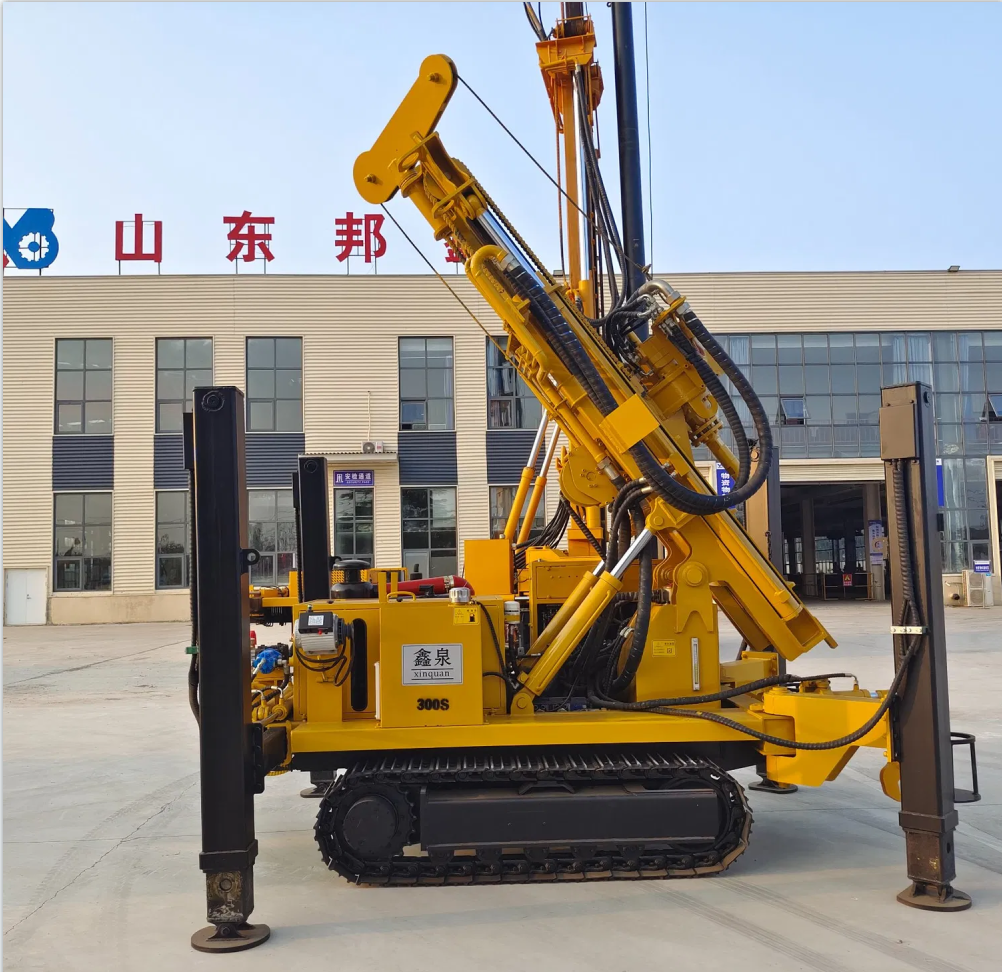Impacts of Loess Layer Thickness on Well Drilling Operations and Coping Strategies
The thickness of loess layers significantly affects water well drilling rig operations.
-
When loess layers are thin, well drilling is relatively simple.
- Common rotary drills like small pan – cone drills can easily complete drilling by rotating their pan – shaped tools to cut the soil.
- With thin layers and shallow drilling depths, the requirements for drill power and performance are relatively low, and the construction period is short.
-
However, thick loess layers bring more complex situations.
- Thick loess may contain different types of loess layers, some with strong collapsibility and others loose.
- This requires drills to have stronger adaptability. During drilling, mud properties may need frequent adjustment to meet different layer needs.
- Byvoorbeeld, in highly collapsible loess layers, enhance the mud’s wall – protection ability.
-
As loess layer thickness increases, well depth grows, demanding higher drill lifting capacity and stability.water well drilling rig
- In this case, choose large rotary table drills with high – performance lifting equipment.
- Meanwhile, conduct detailed geological surveys before construction to understand the characteristics of each loess layer and formulate a staged drilling plan.
- For problematic layers, prepare countermeasures in advance, such as having different specification casing ready to install promptly for wellbore protection, ensuring smooth drilling operations in loess layers of varying thicknesses.

 Bangxin-boortuig
Bangxin-boortuig